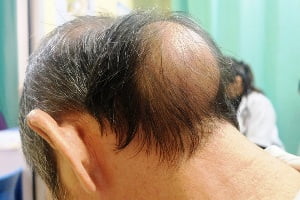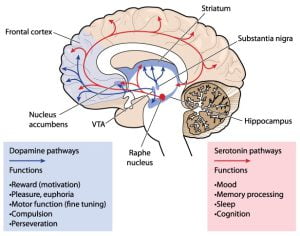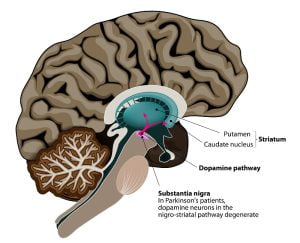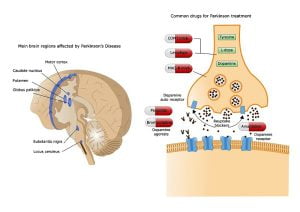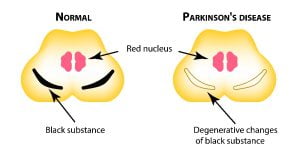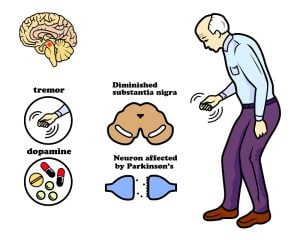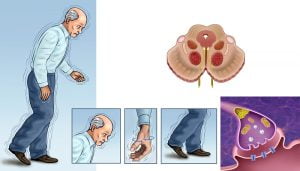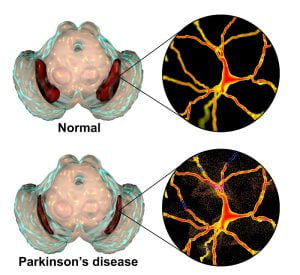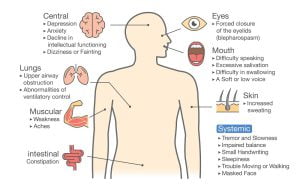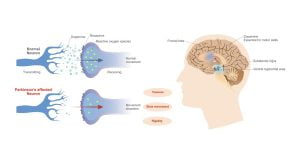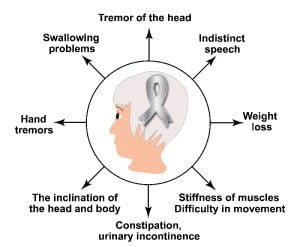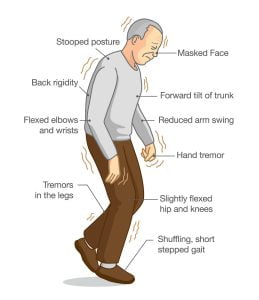Browsing: Parkinson’s Disease Graphics
Comprehensive Information, Resources, and Support on Parkinson’s Disease
A cross section of the brain showing the dopamine and serotonin pathways. These pathways affect your mood, memory, sleep, pleasure, reward and compulsive behaviour.
This is a cross-section of the human brain higlighting the substantia nigra region, the region which is mainly affected by Parkinson’s disease. The neuronal pathways which get degenerated in parkinson’s disease are also higlighted in the image.
Parkinson’s disease involves neurodegeneration in certain regions of the brain. Scientists have identified certain drugs to treat such kind of damage.
Degenerative changes in the brain are represented with a black substance.
Parkinson’s disease leads to uncontrolled body tremors due to lack of dopamine in the neuronal cells.
Substantia nigra decreasees in its volume in a Parkinson’s patient. There is degeneration of dopaminergic neurons in the pars compacta of the substantia nigra region in the brain.
Parkinson’s disease is a brain disorder, which affects various body organs. You may observe various signs and symptoms of parkinson’s disease in different parts of your body such as your lungs, muscles, intestine, skin and sensory organs.
Parkinson’s disease develops due to death of cells located in the substantia nigra part of the brain. These cells produce dopamine and the loss of dopamine in the brain leads to movement diffliculty.
Parkinson’s produces various symptoms such as hand tremors, weight loss, indistinct speech, constipation and many more.
The substantia nigra is a melanin-containing nucleus in the ventral midbrain. It consists of dopaminergic neurons, which produce large amount of dopamine during parkinson’s disease.
The primary symptoms of Parkinson’s disease are related to voluntary and involuntary motor function that usually start on one side of the body. Symptoms are mild at first and may progress over time. Some motor functions affected during parkinson’s disease include tremors, rigidity, bradykinesia, postural instability and parkinsonian gait.
ADVERTISEMENT

